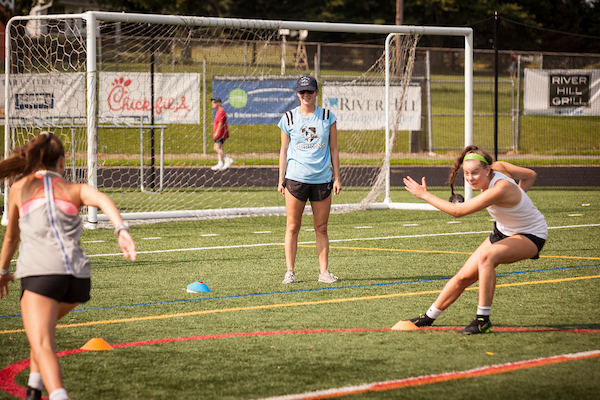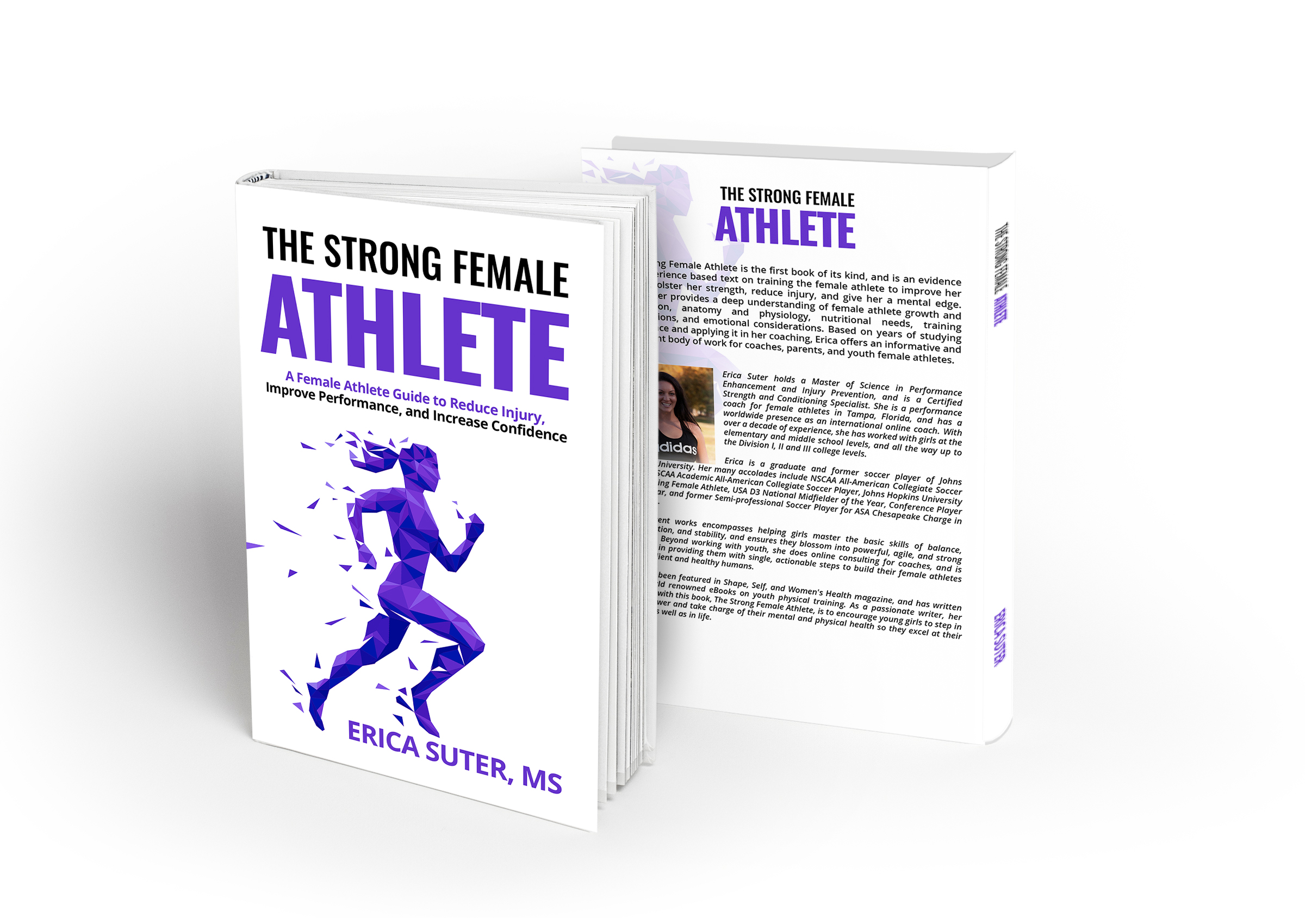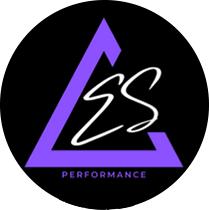
23 Nov How Female Athletes Can Sleep Beautifully for Better Recovery
The most beautiful athletes are the most rested.
They play beautifully. They are energized. They are focused. They are vibrant.
If I could choose my favorite recovery method, it would be sleep. Beyond having a strength deficit, sleep deprivation is the biggest cause of injury in female athletes. Girls need to regain their energy, motivation, focus, and muscular strength and output. Both the brain and body replenish during the sleep cycles, most notably during deep slow-wave and REM sleep.
During deep sleep, growth hormone is secreted, and the muscles rebuild, so everything that was done during the day – the training – was worth it. During REM sleep, the brain is most active, and dreams occur, which is a “cleaning out” of the brain for better memories and cognition. There is compelling evidence from EEG studies in youth measuring electrical activity of the brain that showed that bad quality sleep can impact neural function, and hinder memory formation and learning (5).
Sleep deprivation is one of the biggest issues plaguing young athletes today – the amount of over-stimulation, over-stress, and under-nourishment causes a cyclical mess that hinders their sleep. Studies have shown that youth athletes obtain less than 8 hours of sleep regularly (6). This has been shown to have a significant impact on reaction time, strength, speed, cognitive learning, and decision making, as well as increasing injury risk. In a study of middle and high school athletes, Milewski et al found that individuals who got less than 8 hours per night were 70% more likely to suffer an injury, compared to those who slept more than 8 h. In addition, a recent study of 496 adolescent athletes from 16 different individual and team sports found that increased training load and decreased sleep were associated with an increased risk of injury (7).
Another study points out that there are clear negative effects of sleep deprivation on performance, including reaction time, accuracy, vigor, submaximal strength, and endurance. Cognitive functions such as judgment and decision-making also suffer. What quality sleep does it can improve reaction times, mood, and sprint times, making it a potent tool for bolstered performance in all female athlete sports.

Sleep has a significant impact on sport performance, but most notably, brain development for learning and memory. The adolescent brain especially needs sleep so it can remodel properly, and optimize memory systems, socioemotional processing, and emotion regulation. Chronic sleep deprivation may have an accumulating and damaging effect, impair neuronal integrity, and alter structural plasticity over time (9). This is a precarious time for the youth brain, and it needs to be nourished with quality sleep.
Knowing how damaging lack of sleep is for performance and injury, here is the winning line-up for youth female athletes to improve sleep:
– Stop technology use 60 minutes before bed time
– Dim the lights in the house two hours before bed
– Start the day with natural sunlight exposure
– Be exposed to the sun as much as possible during the day
– Consume foods rich with magnesium and vitamin C
– Consume high quality proteins with essential amino acids
– Practice daily mindfulness and meditation
– Utilize the “4-7-8” breathing method before bed for 5 minutes (inhale for 4 seconds, hold breath for 7 seconds, exhale for 8 seconds, go for a few minutes)
– Master nasal breathing during the day
One final tip that is a novel concept is taping your mouth during sleep.
I know, I know, it sounds offbeat and downright weird but hear me out: breathing through the nose as much as possible will catapult your life and health in so many ways.
So, what do I use to close my mouth when I sleep?
These Sleep Strips have been life saving. Not only do I wake up feeling refreshed, I also wake up with no bad breath or dry throat.
Nasal breathing has a plethora of benefits during sleep:
– Improved oxygen intake
– No more sleep apnea
– No more snoring
– Improved immune function
– Reduced inflammation
– Improved memory
Mouth breathing only collects more bacteria and limits oxygen supply to the lungs and brain. What the nose does is act as a filtration system for bacteria, so it is better for air to go through this pathway. The more you breathe through your nose at all hours of the day, even when sleeping, the more oxygen the organs have to function.
Before taping your mouth during sleep, discuss with a medical professional and deeply do your research.
Listen more here, as well as learn the science behind nasal breathing:
GET THE STRONG FEMALE ATHLETE BOOK, A SCIENCE-BASED APPROACH TO REDUCE INJURY, IMPROVE PERFORMANCE AND INCREASE CONFIDENCE IN FEMALE ATHLETES HERE

Get the TOTAL YOUTH SOCCER FITNESS EBOOK ON SALE FOR JUST $19 HERE

If you are in Tampa, Florida, and need speed and strength training, book an initial assessment HERE
REFERENCES
- J.E. Jan, R.J. Reiter, M.C. Bax, U. Ribary, R.D. Freeman, M.B. Wasdell. Long-term sleep disturbances in children: a cause of neuronal loss. Eur. J. Paediatr. Neurol., 14 (5) (2010), pp. 380-390
- Gupta L, Morgan K, Gilchrist S. Does elite sport degrade sleep quality? A systematic review. Sports Med. 2017; 47:1317–33.
- Milewski MD, Skaggs DL, Bishop GA, et al. Chronic lack of sleep is associated with increased sports injuries in adolescent athletes. J. Pediatr. Orthop. 2014; 34:129–33.
- Gross CR, Kreitzer MJ, Reilly-Spong M, Wall M, Winbush NY, Patterson R, Mahowald M, Cramer-Bornemann M. Mindfulness-based stress reduction versus pharmacotherapy for chronic primary insomnia: a randomized controlled clinical trial. Explore (NY). 2011 Mar-Apr;7(2):76-87. doi: 10.1016/j.explore.2010.12.003. PMID: 21397868; PMCID: PMC3077056.
- Pattanashetty, R., Sathiamma, S., Talakkad, S. et al. Practitioners of vipassana meditation exhibit enhanced slow wave sleep and REM sleep states across different age groups. Sleep Biol. Rhythms 8, 34–41 (2010). https://doi.org/10.1111/j.1479-8425.2009.00416.x
11. Telzer EH, Goldenberg D, Fuligni AJ, Lieberman MD, Gálvan A. Sleep variability in adolescence is associated with altered brain development. Dev Cogn Neurosci. 2015 Aug;14:16-22. doi: 10.1016/j.dcn.2015.05.007. Epub 2015 May 28. PMID: 26093368; PMCID: PMC4536158.


No Comments